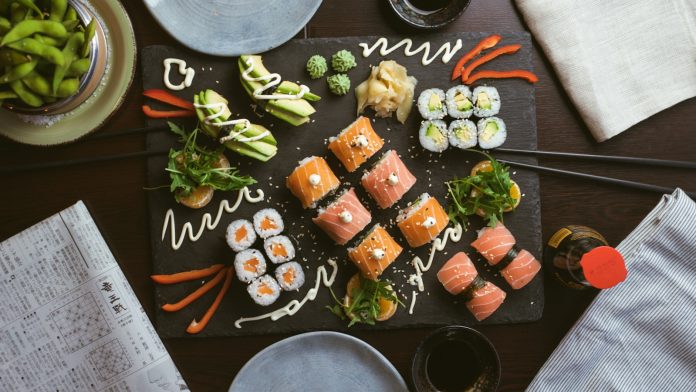
In the competitive world of sushi restaurants, efficiency and consistency are essential for standing out. One of the most critical, yet often underestimated, aspects of this is prep time. What happens behind the scenes can either set your service up for seamless delivery or introduce costly bottlenecks. Mistakes during preparation not only compromise the flow of service but also affect customer satisfaction, staff morale, and ultimately, your bottom line.
Let’s explore the most common prep-time pitfalls and how addressing them can vastly improve your sushi operation’s performance.
Underestimating the Importance of Workflow Planning
Sushi preparation involves precision, repetition, and strict attention to detail. Yet, some restaurants fail to map out a workflow that supports a logical and uninterrupted sequence. This often leads to unnecessary movements, duplicated tasks, or worse—station clashes between chefs.
Establishing a linear and ergonomic prep layout ensures every tool and ingredient is within reach, reducing downtime between tasks. Optimised workflows not only save time but also minimise errors in high-pressure environments.
Inadequate Ingredient Forecasting and Prep
Failing to forecast demand accurately can result in two problems: over-prepping, which leads to food waste, and under-prepping, which causes delays during peak hours. Sushi ingredients like sashimi-grade fish, nori, and sushi rice require timely, precise preparation. Delays in replenishing these can bring the service line to a standstill.
Regularly reviewing sales patterns and aligning them with prep schedules allows restaurants to stay agile. Batch prepping certain elements during quiet hours can also improve efficiency without compromising freshness.
Poor Sushi Rice Management
Rice is the foundation of almost every sushi item, and improper handling can severely impact both quality and speed. Issues like incorrect rice-to-water ratios, uneven seasoning, or inconsistent temperature control can lead to unusable batches, forcing re-preparation at critical times.
Implementing tools such as automated rice washers and mixers ensures consistency in texture and flavour, reducing human error and freeing up staff to focus on more delicate tasks.
Inconsistent Portioning Practices
When portion sizes vary, so does the time it takes to assemble dishes—leading to inconsistencies that confuse staff and frustrate customers. This is particularly true during busy periods when speed is crucial.
Introducing portion control tools such as scales, moulds, or automated dispensers can drastically improve uniformity. These tools not only speed up production but also help maintain standardisation across your menu offerings.
Failure to Leverage Modern Equipment
Traditional preparation methods, while authentic, can often slow down production and lead to fatigue or injury among staff. Modern kitchens are turning to purpose-built machinery to maintain quality while improving efficiency. One example is incorporating machines for nigiri shaping, makisu rolling, or slicing sashimi.
Many operators are now choosing to upgrade their operations through specialised solutions offered by suppliers such as sushi machines and equipment providers, helping them streamline repetitive tasks while preserving the artisanal feel of their offerings.
Skipping Regular Staff Training
Even the best prep system can fall short if staff aren’t trained to use it effectively. Inconsistent skill levels lead to mistakes, wasted ingredients, and delays that disrupt the flow of service. Regular training ensures every team member can handle prep duties confidently, particularly during turnover or when introducing new menu items.
Training should include not just food handling, but also machine operation, hygiene standards, and time management techniques specific to sushi production.
Neglecting Clean-as-You-Go Protocols
A cluttered prep station slows everyone down. When tools, ingredients, or waste aren’t cleared promptly, staff spend more time navigating the workspace than preparing food. This can be particularly hazardous in sushi environments, where knife safety, raw ingredient management, and cleanliness are paramount.
Implementing clean-as-you-go protocols creates a safer, more productive space and allows for faster transitions between prep and service.
Efficiency and Craftsmanship
Sushi is as much about efficiency as it is about craftsmanship. While the final product must be aesthetically pleasing and flavourful, the processes behind it need to be smart, scalable, and structured. By avoiding these common prep-time mistakes, sushi restaurants can dramatically improve their service flow, reduce waste, and elevate the overall dining experience. For establishments looking to optimise their kitchen operations, even small changes in preparation strategy can yield significant returns.








